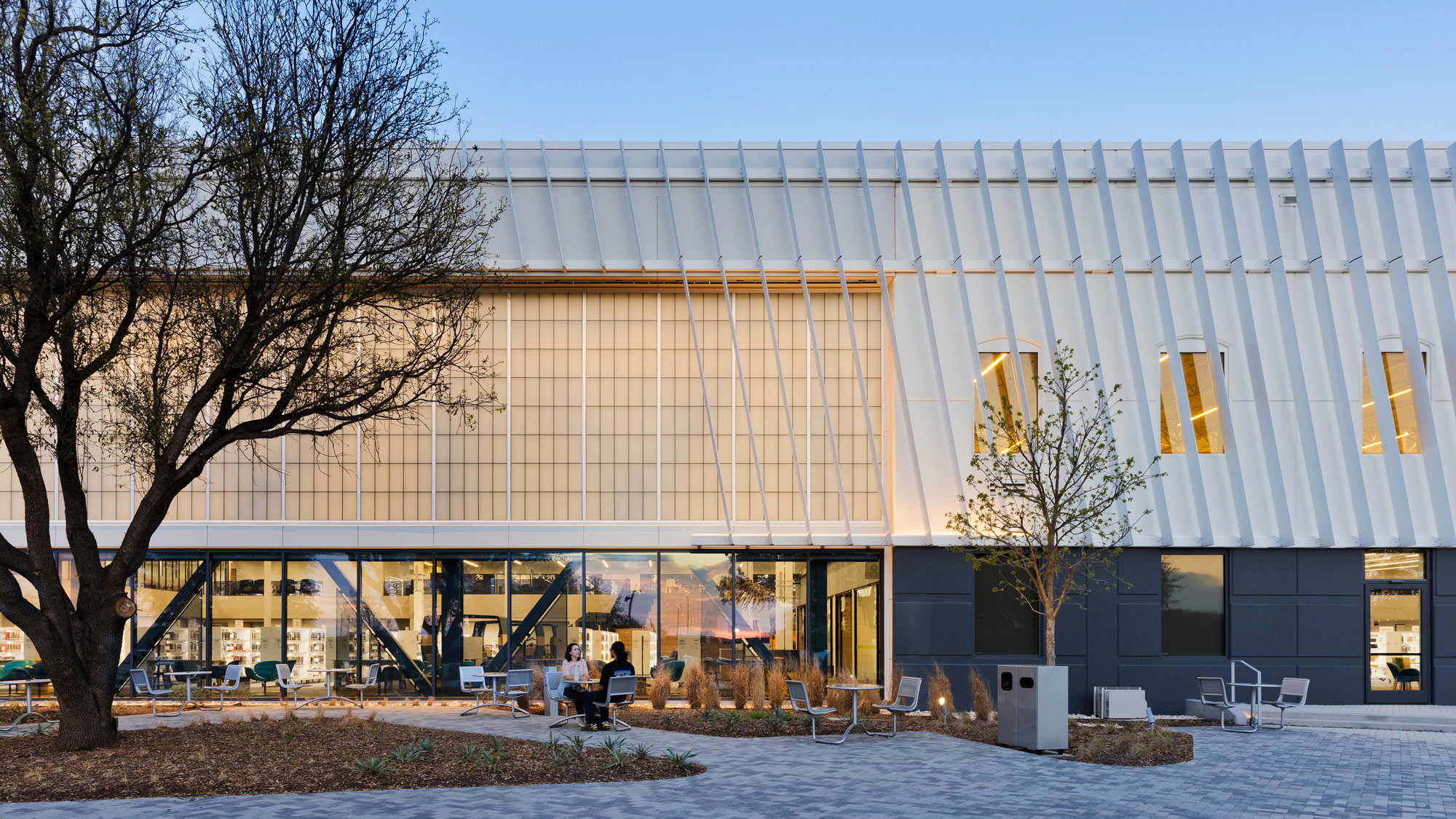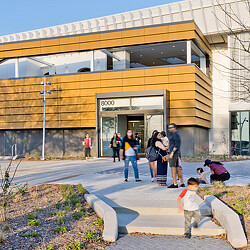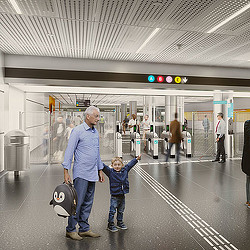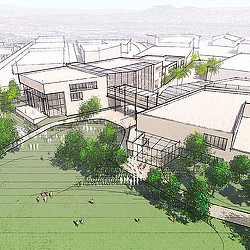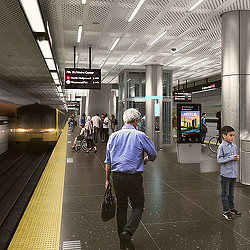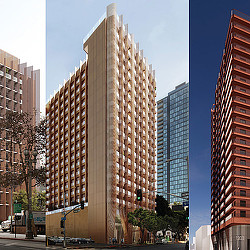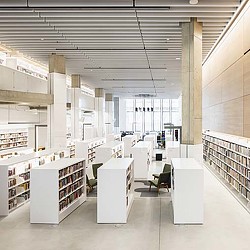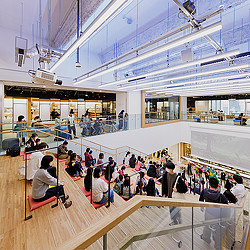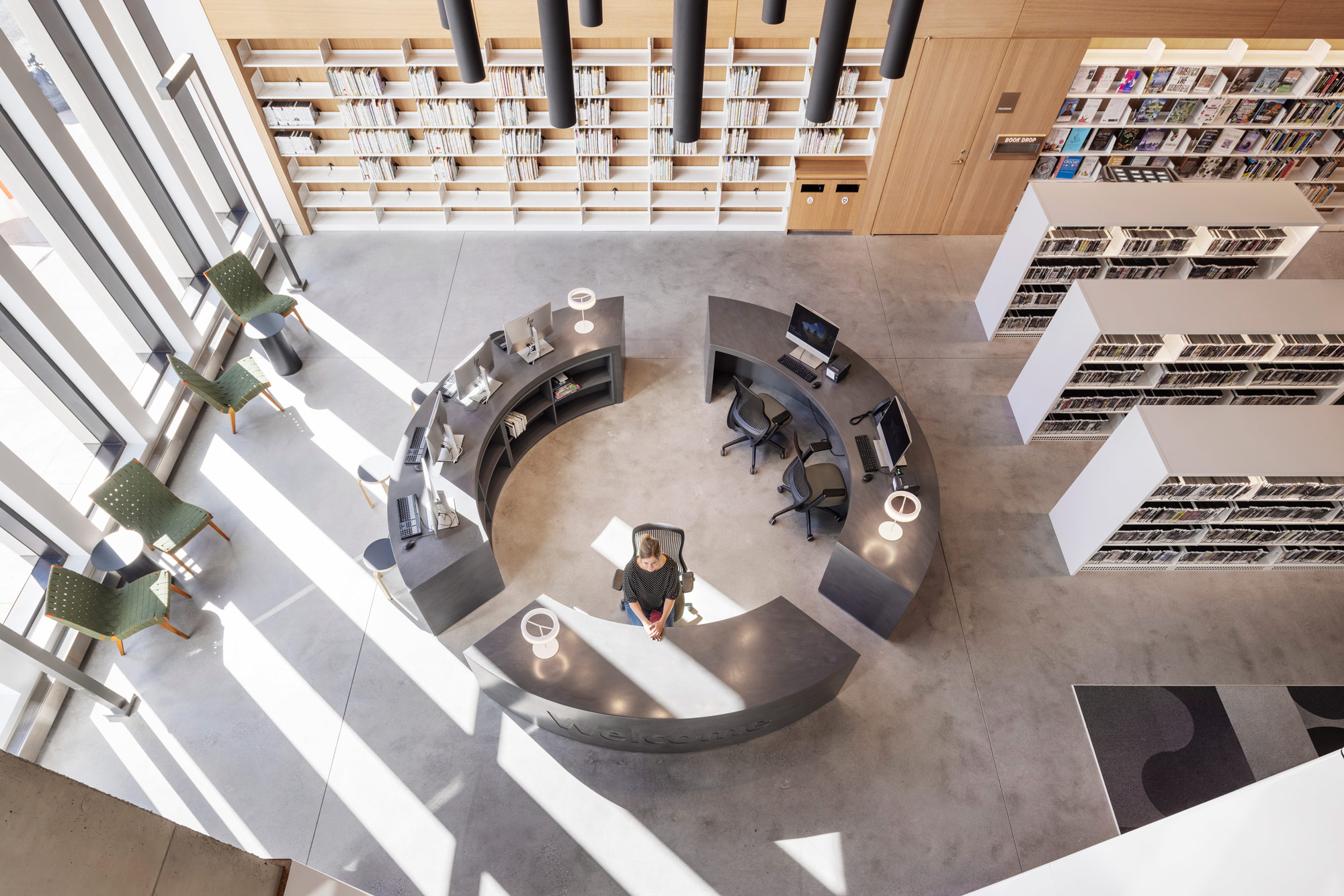
How Public Libraries Are Building Community
The public library’s mission has changed from a simple repository to a community center, where learning experiences, cultural resources, creative making, and community interaction take place.
Around the country, communities are losing the public places where they meet and interact with each other — those spaces where we have planned and unplanned encounters with people, bump into neighbors, have a conversation, exchange ideas, talk about the local news, and even gossip. One example of this is the thousands of U.S. post offices that have been closed in recent years, most in small, rural communities where the post office often functioned as a de facto type of community center.
In addition, communities have also been losing their reliable local news and information sources at an alarming rate. Since 2005, the country has lost nearly a third of its newspapers. In many regions of the country there is no local news coverage at all. A lack of professional local news affects a decline in civic engagement and discourse and provides opportunities for government corruption and political polarization to flourish, eroding the public trust in our institutions and each other.
In these regards, our public libraries are an essential community resource. Now that information has become exponentially available, the public library’s mission has changed from a simple repository to a place where experts (librarians) can help winnow the flood of information and disinformation and help curate it into knowledge. And our libraries are becoming more of a place that functions as a community center, where a greater variety of learning experiences, cultural resources, creative making, and community interaction take place.
Some of the earliest public libraries were rooms within the ancient Roman thermae (large-scale bath houses). Beyond bathing facilities, the thermae were known to house places to buy and eat food, listen to poetry readings, socialize, and access written historical and cultural works. These thermae/public libraries of Rome acted as community centers filled with public amenities that attracted the populace to learn and interact with each other and in turn, strengthen their societal bonds.
Now, the idea of public library as community center has re-evolved. We are designing a wide variety of amenities into our libraries and creating them to handle a diversity of functions. We also strive to understand the uniqueness of each community and the need to curate library designs that are made-to-measure for the needs of each individual community. From equal access to the digital world and other learning opportunities, to places for creative making and well-being, to places of engagement and interaction, our latest library buildings are playing a larger role in our civic, cultural, and social lives than ever before.
Library as Place to Create
Libraries are providing access to an array of technical and non-technical tools to learn to make things. From 3D printers to soldering irons and sewing machines, from podcasting booths to movie and music editing spaces, libraries are places for exploration and do-it-yourself learning in an environment that also provides access to each other’s skills and knowledge. More than 88% of all public libraries offer formal or informal digital literacy programming and more than one in five libraries provide classes or informal help related to computer programing, robotics, and 3D printing.
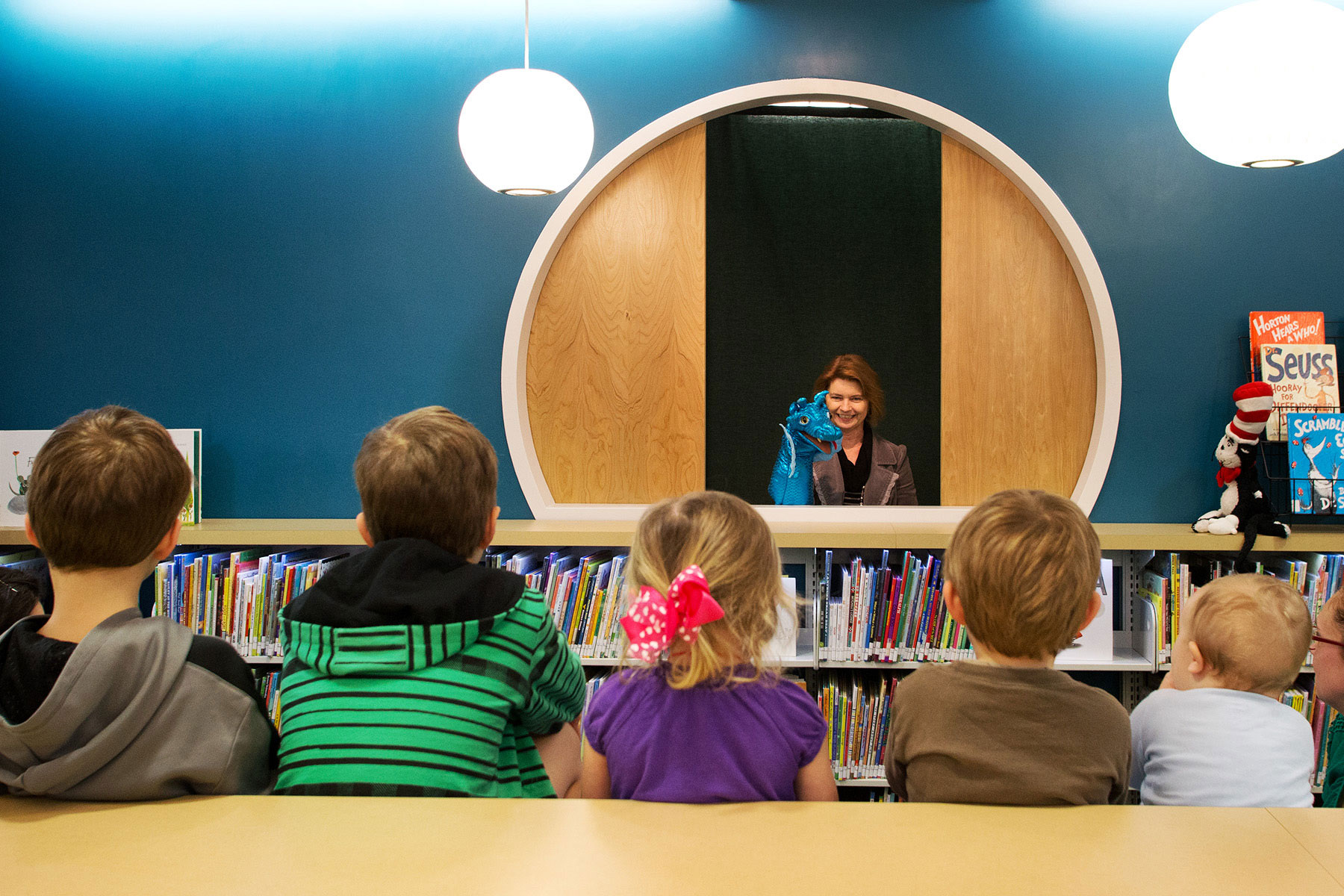
Library as Classroom
In a time when education is increasingly expensive, public libraries provide information and educational opportunities free for all people, regardless of their socioeconomic status. People can learn a variety of new skills. There are creative writing workshops and art history classes, demonstration kitchens for cooking classes, immigrants can attend English as a Second language (ESL) classes, and other historically marginalized groups such as the LGBTQ+ community and patrons with disabilities can access information and resources for support.
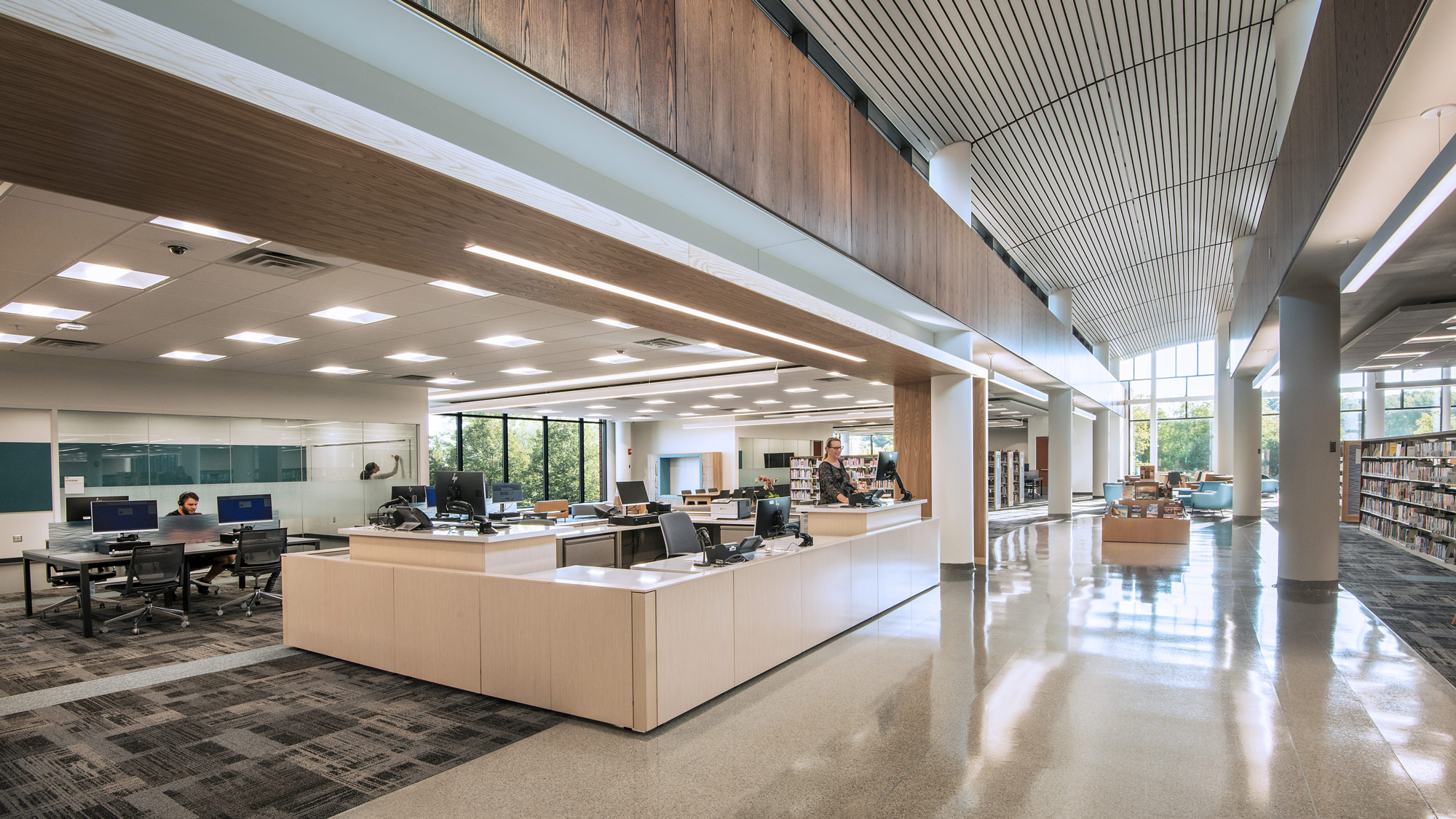
Library as Digital Commons
Beyond access to a public computer terminal, libraries now need to offer all things digital. In addition to checking out books, DVDs and music, libraries are also offering e-books, hotspots, laptops, and tablets for patron off-site use. Libraries are also offering 24/7 Internet access by leaving on or extending their Wi-Fi signal so that visitors can log on to the web in and outside of buildings. And while there is no substitute for in-person communal interaction, many libraries are streaming public programs (e.g. story times and author events) to reach as many members of the community as possible and creating an equitable platform for all.
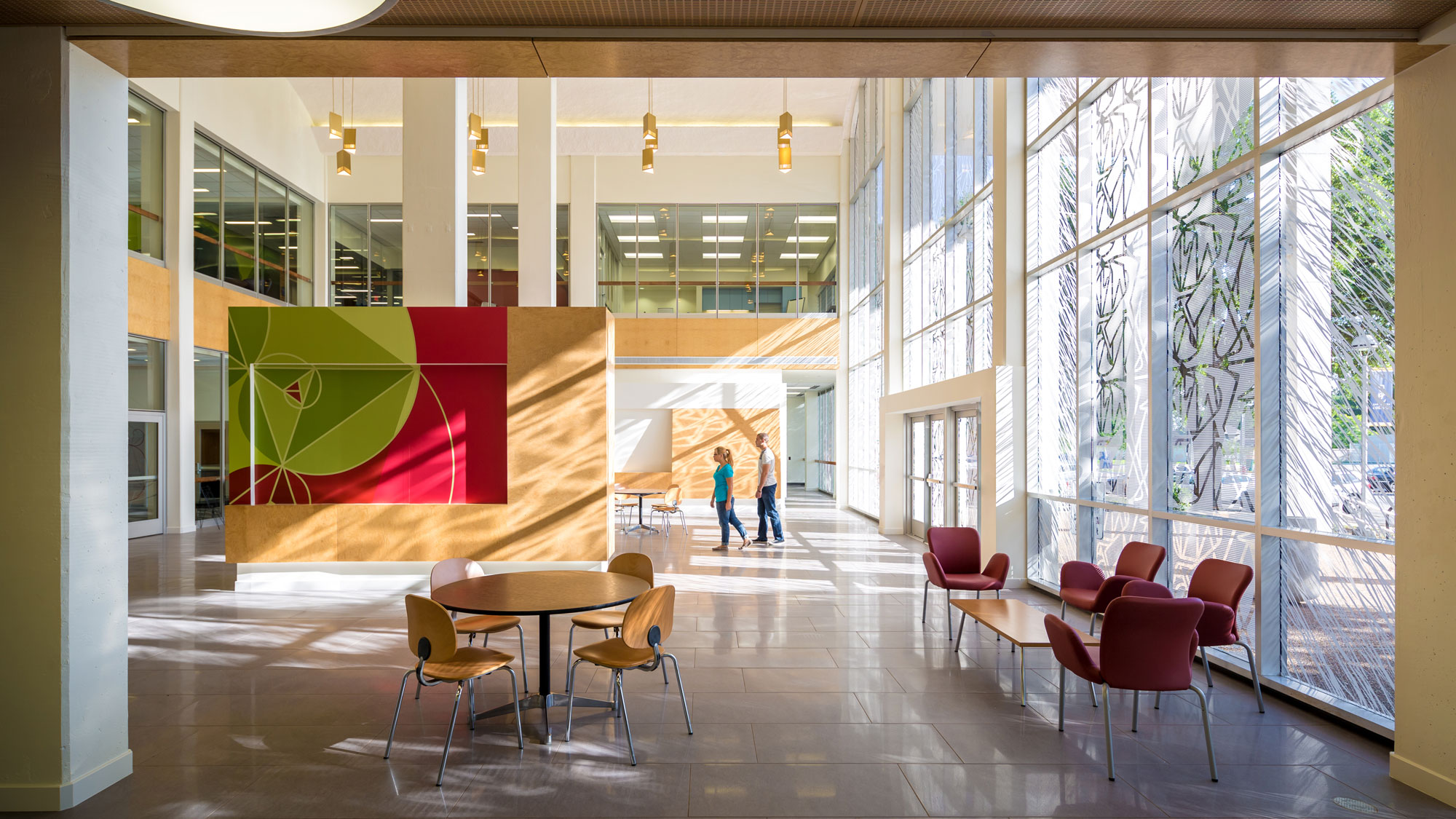
Library as Place for Well-being
Libraries are accessed by a wide range of a people within a community and are designed to be comfortable spaces where one feels welcome and safe. Combined with the relaxing inclination to simply browse and explore, the library is a natural place to promote mental well-being. Access to natural light and physical connections to the outdoors with gardens and outdoor reading rooms provide calming respites from daily life. Cafes and coffee shops integrated into public library spaces further enhance the library experience. Designers are creating library spaces that are cognizant of the needs of the neurodivergent and others in need, and library staff are increasingly being trained to provide information and access to resources for patrons physical and mental health.
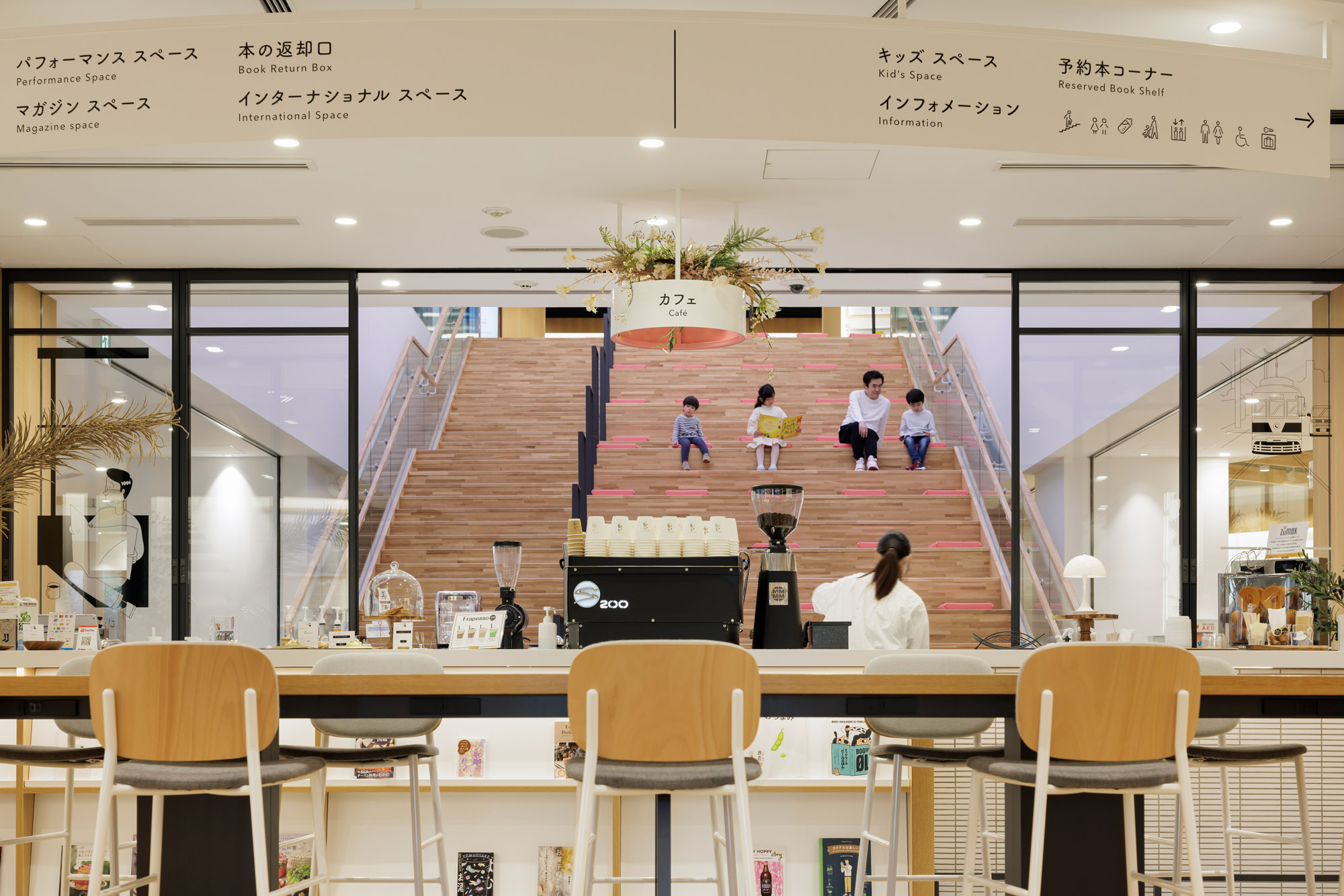
Library as Coworking Center
There are paid coworking spaces across the country, but the one that’s always been free is the library. Beyond spaces to get work done, reservable meeting rooms and access to scanners and copiers, libraries are increasingly adding staff for library spaces that specialize in helping small business. It’s not just about pointing people with business questions to the “how to start a business” stacks, says Morgan Perry of the Mid-Continent Public Library system in Kansas City, Missouri, “People seeking help with their business can sit down for one-on-one sessions with a business information librarian and trained business specialists to take a tour of the databases, programs, and resources that are available — anything from starting a Facebook business account to identifying what skills they might need to build.”
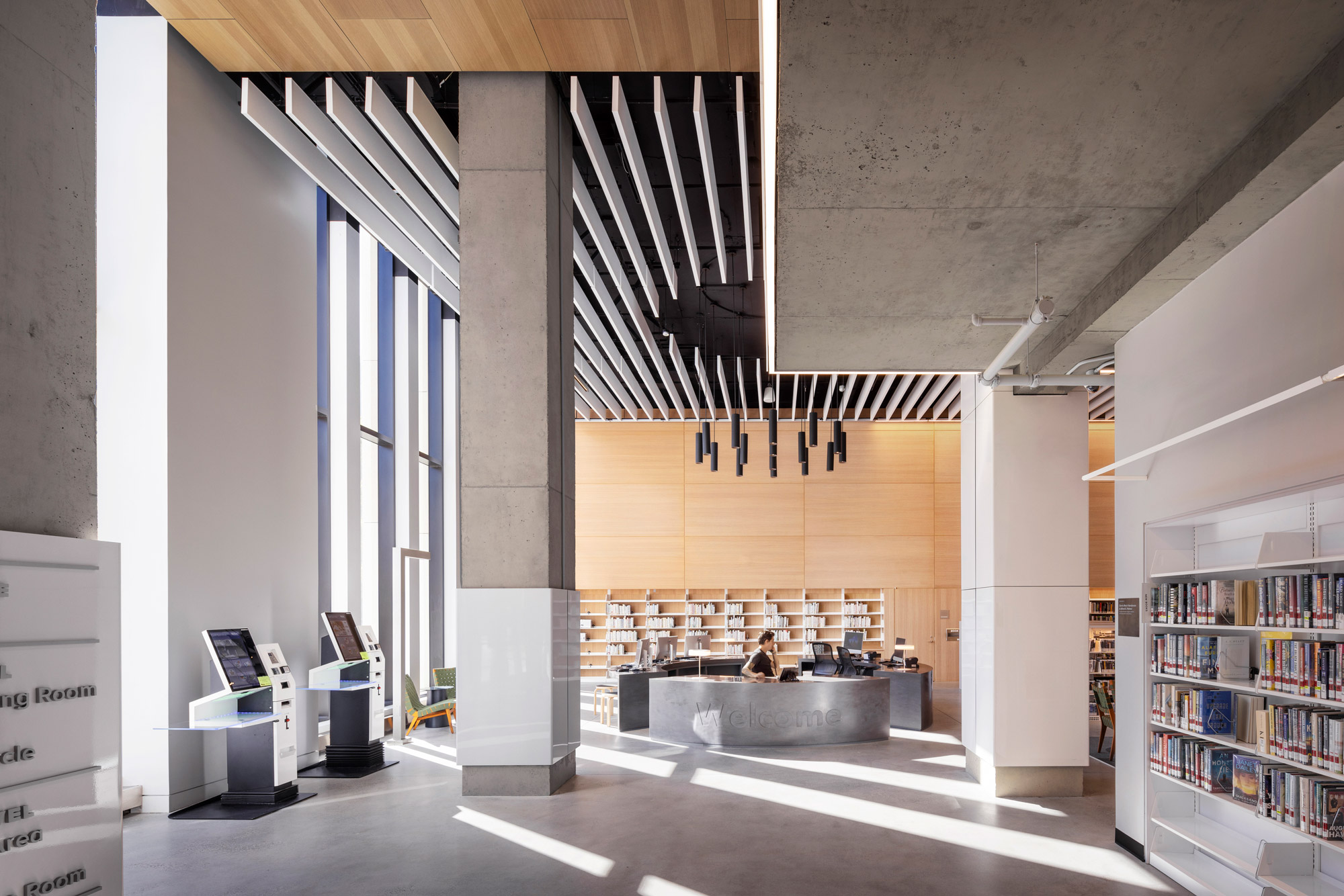
Library as Event Space
Public library events — from concerts, plays, and gallery displays, to author visits and group discussions — are typically free to all in a time when the rising costs of ticketed events are becoming out of reach for many. Designers are creating gathering spaces within public libraries that provide flexibility to host a variety of events, though many times one space cannot effectively support the diverse nature of all events. Too much flexibility can lead to a space that does not serve any event well. Events may differ in their needs for acoustic control, audio-visual requirements, sightlines or access to natural light. And event spaces may have differing hours of operation from the library that need to be taken into account when designing entry points and access to restrooms and other supplemental spaces.

Library as a Place to Interact and Connect
To create a community, people need to intersect, interact, and connect with each other. At the library, new moms connect at children’s story time, older adults attend events and find that they make new friends, and teenagers have a place to meet up after school. People forge business, as well as friendship ties, and they learn from experts, as well as each other — all helping to forge bonds that build the trust that creates community. Our public libraries are and should continue to be the forges that create engagement that makes impact on community.
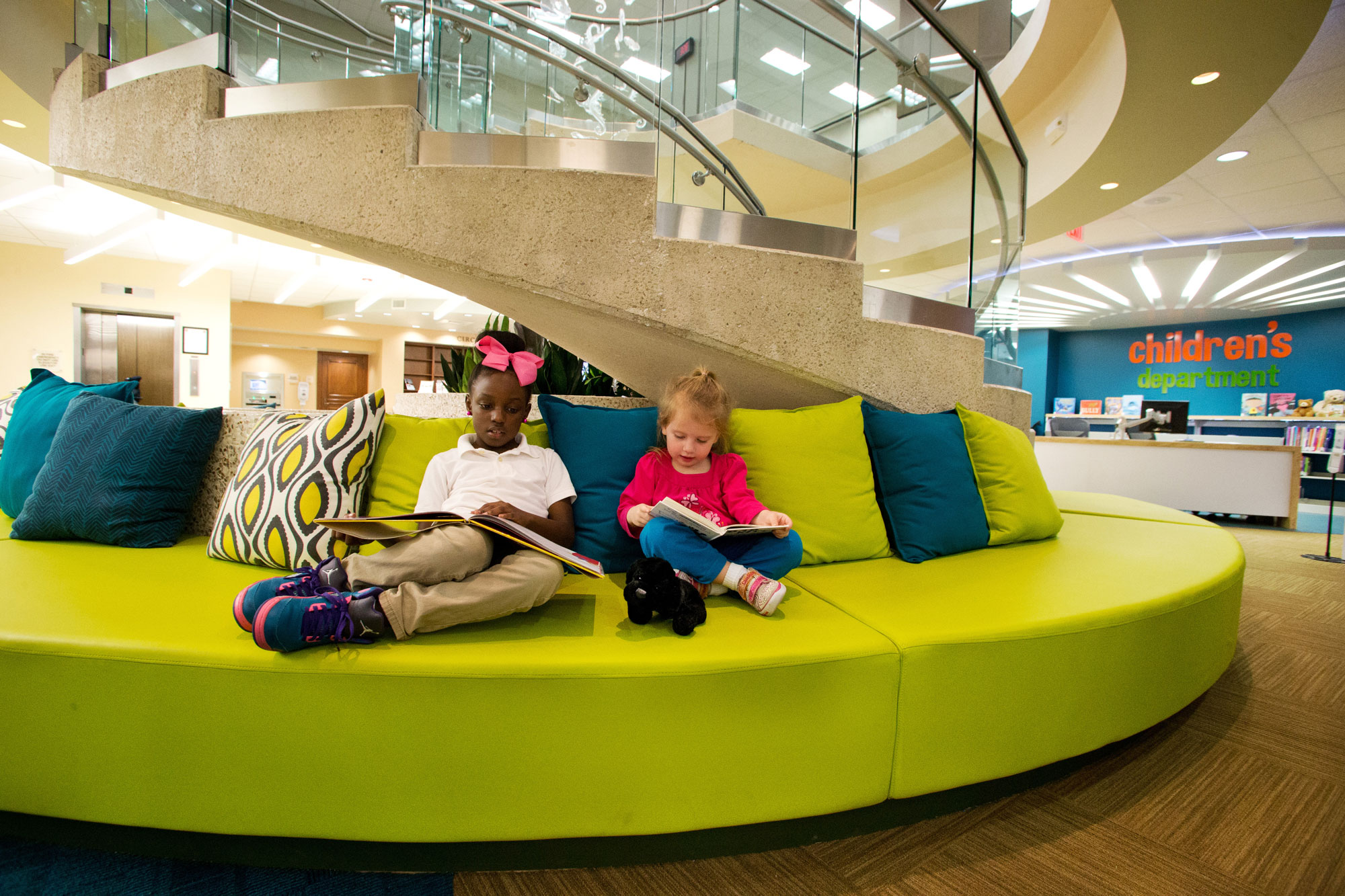
For media inquiries, email .
